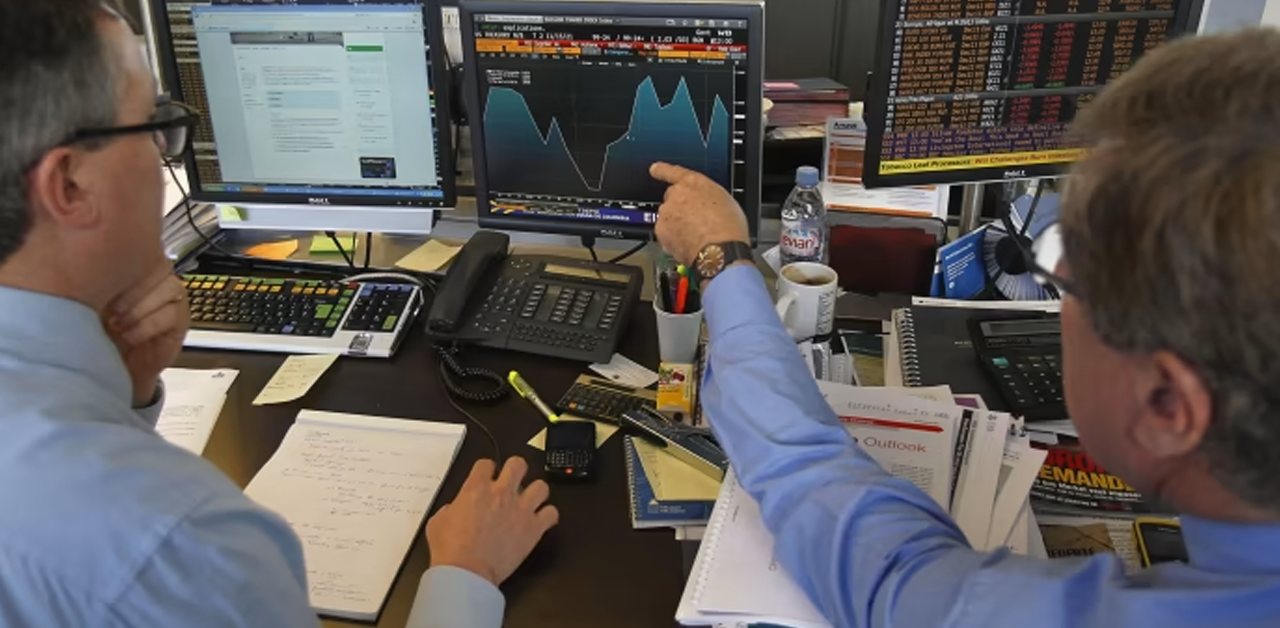Rate Cuts Could Facilitate a Soft Landing: UBS
In a note released on Monday, UBS Financial Services reiterated its forecast that the U.S. economy is on track for a soft landing, despite acknowledging significant risks of a potential downturn. Consumer spending will be a critical factor in determining whether the economy can achieve this outcome.
UBS expects the Federal Reserve to begin lowering interest rates soon, potentially as early as its next meeting in September. These rate cuts are seen as a way to support the economy during this period of uncertainty.
The U.S. labor market has undergone substantial changes since the start of the year. UBS highlighted that the unemployment rate has risen quickly, moving from 3.7% in January to 4.3% in July. Historically, such an increase has been linked with economic downturns. However, UBS suggests this situation might be different, pointing out that the labor market remains robust by historical standards, even though it is no longer as overheated as it was two years ago.
Weekly jobless claims, a leading indicator of labor market health, have shown a rising trend. However, UBS advises interpreting this data cautiously, as it is often volatile and difficult to seasonally adjust. Although claims appear to be increasing, they remain low compared to historical norms, indicating that the labor market, while cooling, is not yet showing signs of a significant downturn.
Consumer spending is expected to play a pivotal role in the U.S. economic recovery. UBS notes that excess savings accumulated during the pandemic have largely been exhausted, making continued income growth crucial for sustaining consumer spending. Despite concerns, recent retail sales data for June and July have been stronger than expected, suggesting that the economic recovery is still on track.
However, the outlook is not without uncertainty. The U.S. government recently revised down its estimate of job growth for the 12 months ending in March by 818,000 jobs. Moreover, the latest labor market report showed some weakness in key income determinants such as wages and hours worked. UBS has adjusted its base case to reflect a soft landing but has increased the probability of a hard landing from 20% to 25%.
Inflation remains a central concern for the Federal Reserve and financial markets. UBS points out that inflation trends have shown some positive signs recently. While inflation was relatively high at the start of the year, more recent data has been softer, with the headline inflation rate slowing to 2.9% year-over-year in July—the lowest since early 2021.
The decline in inflation has been driven by falling goods prices and moderating services inflation. However, UBS notes that shelter inflation, a significant component of the Consumer Price Index (CPI), reaccelerated in July, rising by 0.4% month-over-month, compared to 0.2% in June. Shelter inflation is critical as it constitutes the largest portion of the CPI basket. Excluding shelter, inflation was only 1.7% year-over-year in July, suggesting broader inflationary pressures are easing. UBS remains confident that shelter inflation will eventually decline, especially given the modest increases in new rental leases since early 2023.
The Federal Reserve has indicated its readiness to begin cutting interest rates, as reflected in the minutes from the July FOMC meeting and comments from Fed officials. These rate cuts could start at the September 18 meeting, although uncertainty remains regarding their pace and magnitude.
UBS argues that the sharp rise in the unemployment rate, which the Fed had not anticipated, provides a compelling reason for the central bank to act swiftly. With real interest rates significantly above neutral, there is a case for an initial, aggressive rate cut. UBS’s base scenario involves a total of 100 basis points in rate cuts by the end of the year, potentially requiring a 50-basis-point cut at one of the remaining three FOMC meetings.
Given the Fed’s data-dependent approach, UBS cautions that various outcomes are possible. The upcoming September FOMC meeting is highly anticipated, with the Fed expected to use the meeting’s dot plot to signal its interest rate projections for the rest of the year. This will provide investors with a clearer picture of the Fed’s monetary policy direction and its efforts to guide the economy toward a soft landing.











